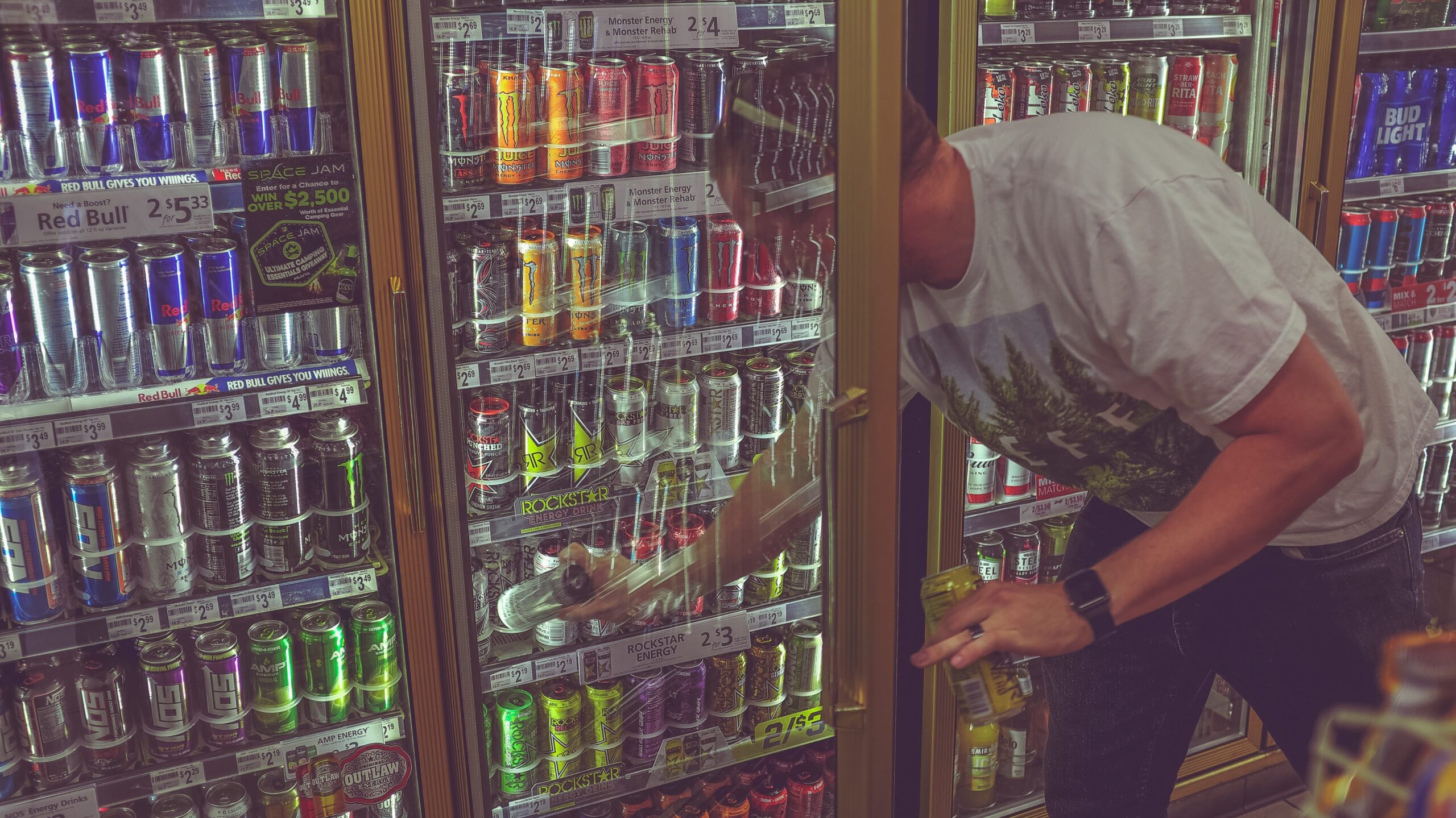New from the @EmoryCSHH News Team:
Fear of privacy violations in wake of 23andMe bankruptcy and sale, another round of NIH lay-offs with more coming, how the body experiences pregnancy and recovery from childbirth, and Utah's water fluoridation ban.
Students Love Energy Drinks But Don’t Recognize Their Risks
The drinks are aggressively marketed, but ingredients and formulations are not transparent.
By Annika Urban
A first-year in the library late at night drinks a watermelon berry Celsius energy drink while studying for a biology final. At the same time, another student is out at a bar, drinking a vodka Red Bull. Elsewhere on campus, someone downs a C4 pre-workout energy drink before hitting the gym.
Nearly half of college students globally consume energy drinks, according to a 2023 study published in Nutrition by a team of researchers from Italy. Some report using them to help with studying, staying awake during class, improving gym results, or just because it feels good to them.

Marketing portrays these as effective and desirable. Advertisements for energy drinks show people having great workouts, partying with friends, and looking energized and happy. In fact, energy drink companies target teenagers and young adults who have less impulse control and are biologically more likely to take risks.
They know that these groups are more likely to consume these drinks without fully understanding their health consequences. Studies show associations between regular energy drink use and mental health detriments: stress, anxiety, and depression.
Part of the problem is that the ingredients in these drinks aren’t entirely clear because there is no legal requirement that effectiveness be specified. Dr. Emma Childs, an associate professor in the Department of Psychiatry and Director of the Human Addiction Psychopharmacology laboratory at the University of Illinois at Chicago, says that “all of these energy drinks, shots, and pills, because they’re all in the dietary supplement field, (manufacturers) don’t have to regulate what’s in these drinks.” While some might list “ingredients,” Childs notes that a “proprietary blend” might have an unknown amount or blend of ingredients.
Ingredients in caffeine drinks like taurine, guarana, caffeine, and even sugar have frequently been studied on their own, and some individually confer positive effects. Taurine, for example, has even been shown to possibly be neuroprotective. Guarana, another ingredient in many energy drinks, is being studied for its potential mental health benefits.

Elizabeth Aparecida F.S. Torres, an associate professor in the Department of Experimental Food and Nutrition at the University of Sao Paulo, explains that guarana is a fruit from Brazil that is mainly used in soda. “as an ingredient or food or something that could produce any kind of medicine. We decided to study it because, at that time, there was nothing [known] about this fruit.”
In her lab’s 2022 review of guarana’s health effects, they note that this fruit has been used by indigenous populations for many years, saying that “the fruit carries important significance to the indigenous population and must be regarded as a cultural patrimony.” According to Jesuit texts from the 17th century, indigenous populations in the Amazon used it both as a treatment for and prevention of diseases.
While these health benefits make it sound like energy drinks might be superfoods, that could actually be the furthest thing from the truth.
In combination, some of these ingredients may cause health problems that we don’t fully understand yet. Anecdotal evidence suggests that some of these drinks may even be fatal, especially when used in high quantities or over a long period of time. Childs explains that while each ingredient on its own might be tolerable to the human body, that doesn’t mean that the combination is safe.
“Basically, the two actual products can interact and then form a completely unique chemical that is active on its own, that’s what makes the combination more dangerous. It produces a third chemical that you wouldn’t otherwise have used,” says Childs.

Often, it’s hard to know how much of these ingredients are even in the drinks. One Consumer Reports investigation from 2012 looked at the top 27 energy drinks, and found that many of them contained more than 20% more caffeine than listed on the label. And 11 of those 27 drinks don’t even publish the amount of caffeine in them – because they aren’t legally required to. Dr. Cintia Pereira da Silva, who works with Torres at the University of Sao Paulo, says that caffeine levels can vary sharply among plants.
“Some plants have more aggressive stress, so they produce antioxidants for their own protection.” da Silva says The levels of certain chemicals, depend on “a combination of sun, soil, water, and air. More sun produces more polyphenols.” The other plants that are growing around a guarana plant can also cause increased levels of caffeine in a specific plant. for example, if one batch of the energy drink’s guarana came from a sunny, dry area, the caffeine content might be vastly different from the same amount of guarana grown in a shady, moist area with biodiverse plants surrounding it.
If you’re still interested in consuming these drinks, there might be safer ways to benefit from the drinks’ ingredients without incurring their risks. Childs says that the ingredient information on energy shots or drinks is often small or hidden. Especially if it’s in a small bottle or regular-sized can, it’s easy, to assume that one serving is the entire bottle or can. But often, one serving might be only a half or third of the bottle. “Just be aware of if there’s any of that information on the packaging. Just because it’s sold all together in one bottle doesn’t mean it should all be consumed.


